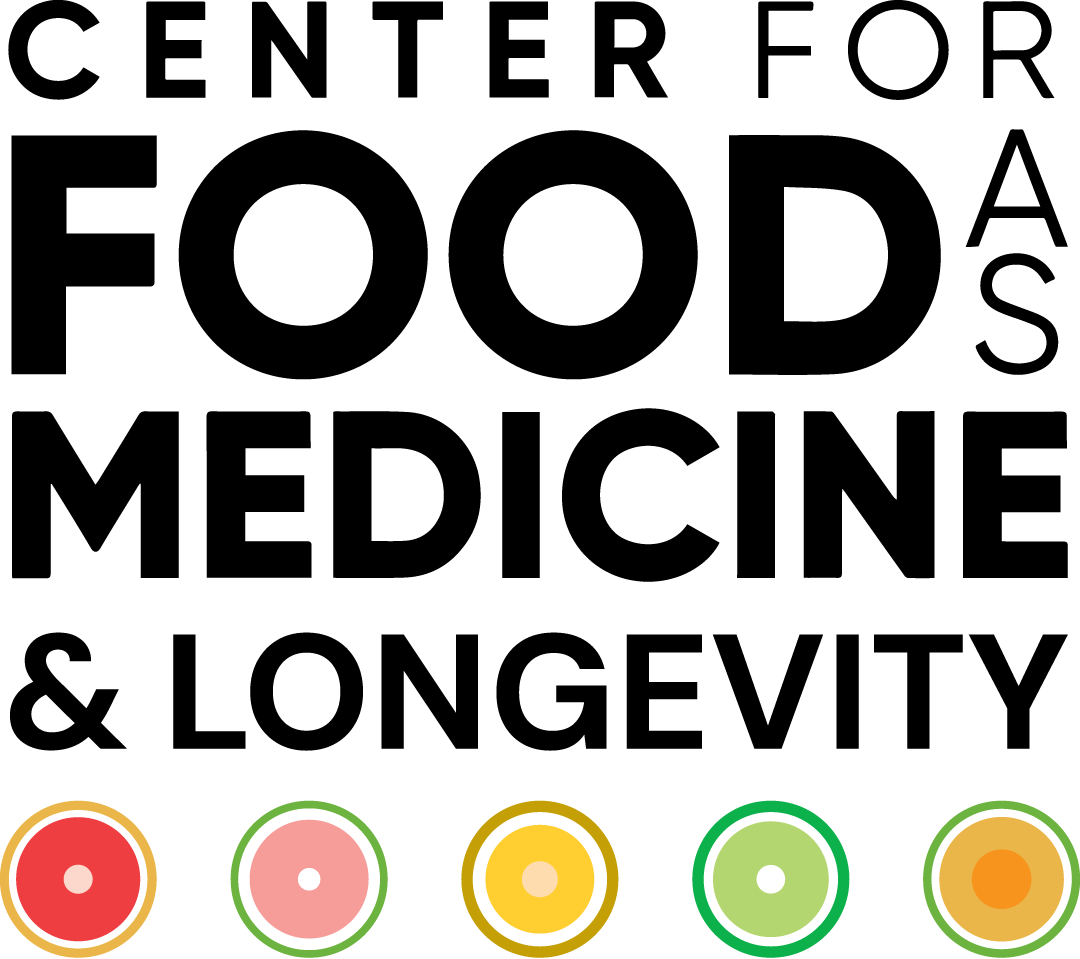“Time is a great teacher, but unfortunately, it kills all its pupils.”
— Hector Berlioz
Over the last year, various articles and research were presented in this column, representing advances in understanding such diverse areas of study as the gut microbiota, chrononutrition, stress, inflammation, and the immune and nervous systems. It seems fitting that to kick off the New Year, we start with exciting research that defines the interconnections between these phenomena.
It is well known that our circadian rhythm responds to stress through the central nervous system. Our circadian rhythm is the natural process that regulates our sleep-wake cycle, repeating approximately every 24 hours. It is influenced by environmental stimuli like light and temperature and our internal biological clock, located in the brain region known as the hypothalamus. Regulation occurs from the hypothalamus and involves the pituitary and adrenal glands, which are together known as the HPA axis and the autonomic nervous system. Such a response system allows us and other organisms to respond appropriately to environmental changes.
Within the hypothalamus, an area known as the suprachiasmatic nucleus (SCN) functions as the master clock or pacemaker. This brain area is interconnected to the paraventricular nucleus (PVN), which controls our stress response. The relationship and function are evident in the time-dependent release of glucocorticoids (a type of stress hormone). These hormones, of which cortisol is perhaps the best known, are produced in the adrenal gland. Measuring at particular times is a common lab test to assess whether this system functions properly. These hormones directly impact our immune, metabolism, and cardiovascular systems, among others. Generally, secretion of these hormones is highest in the early morning, which is why blood level measurements are drawn at that time.
Abnormalities in the circadian rhythmicity of glucocorticoid levels are associated with abnormalities and impairments of the stress response. Although the time dependency of stress hormone secretion has been known for over half a century, exactly how this occurs has remained a mystery until now.
- The study used multiple mouse models, including controls, germ-free mice (mice with no native gut microbiota), and mice with their gut microbiome altered through antibiotic administration.
- Previous research has demonstrated that the gut microbiome can affect brain function and subsequent behavior utilizing the HPA axis pathway.
- The study provided evidence that the gut microbiome regulates diurnal rhythms of corticosterone.
- It also suggested that causes like intense and empiric antibiotic therapy that lead to microbial depletion cause disruption in the rhythmicity of stress pathways in the brain.
- This type of microbial depletion results in time-of-day-specific impairments in stress responsivity.
- The study indicates that the diurnal oscillations in the composition and metabolic output of the gut microbiome modulate corticosterone release.
- Many stress-related psychiatric disorders in humans display disruptions in clock-regulated processes and gut microbiota composition, suggesting that interference in the normal crosstalk between CNS centers of stress modulation and circadian rhythm and the gut microbiome may be involved.
The Caveat:
Increasingly, evidence accumulates that our proper functioning, health, and wellness, both physical and mental, are constantly influenced and altered by our interaction with our environment. However, it is not just our external environment that we are in constant communication with. Our internal environment, as exemplified by our gut microbiome, impacts us in ways far beyond commensal digestion.
In fact, the evidence suggests that there is a nonstop internal discussion involving our brain and our gut, the results of which impact every organ system and potentially impact our mental and emotional health as well. What is a fascinating facet of our internal conversation is that it is truly a dialogue involving a third party: our gut microbiome.
This particular study was valuable in that it tested one of the tenants of cause and effect; in this case, that would be a correction of the pathophysiology with the restoration of a normal functioning gut microbiome. Through the performance of murine fecal transfer, that is exactly what transpired. Although an appropriate caveat is that what is observed in a mouse study does not necessarily translate to human physiology, there is equal reasonableness in viewing this tale as a story applicable to both mice and men. With all appropriate apologies to Robert Burns and his 1785 poem To a Mouse, in light of our current chronic disease epidemic, a likely cause may be that because of the modern Western diet, “The best-laid guts of mice and men often go awry.”
The Study:
Additional resources:

